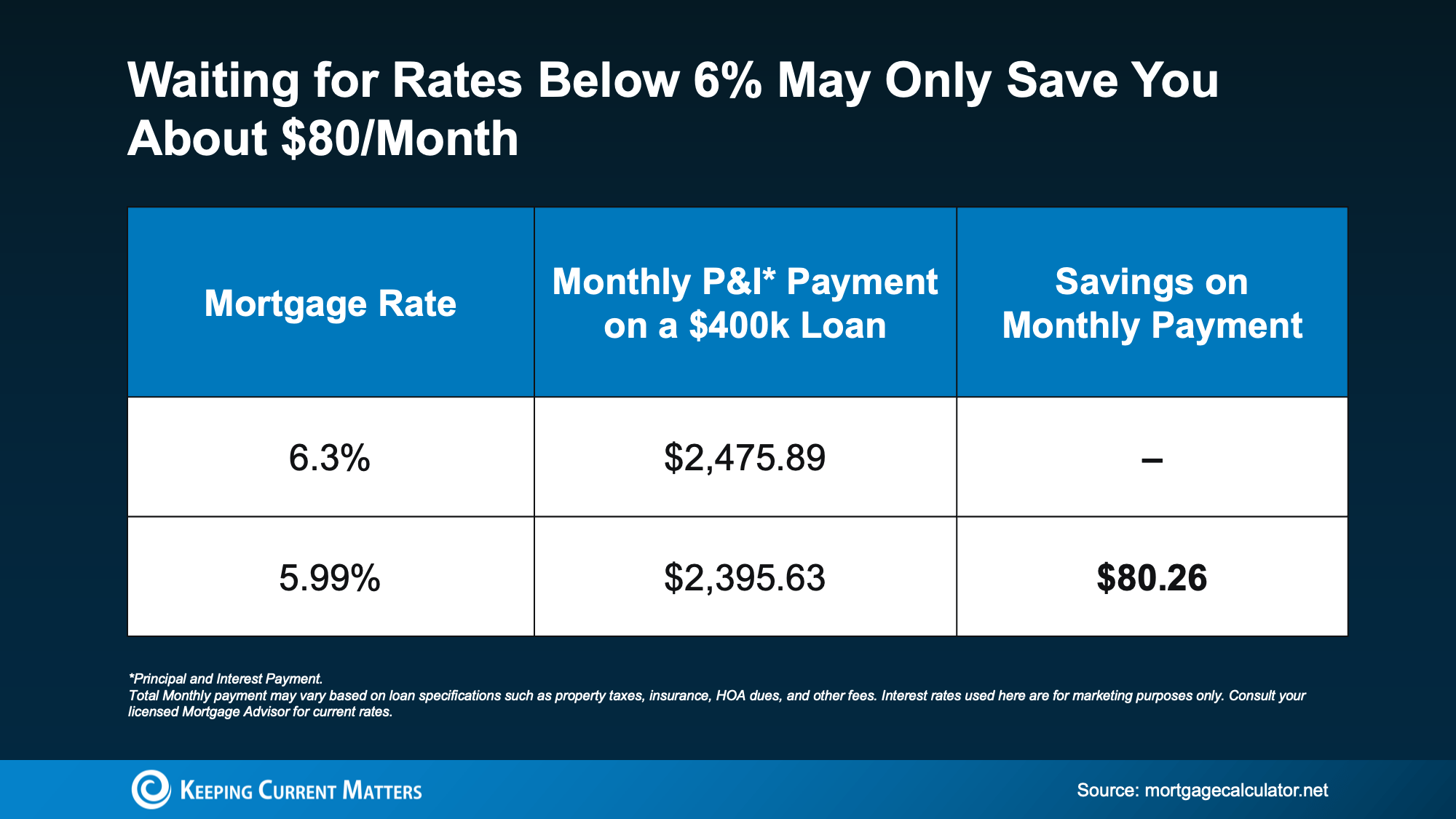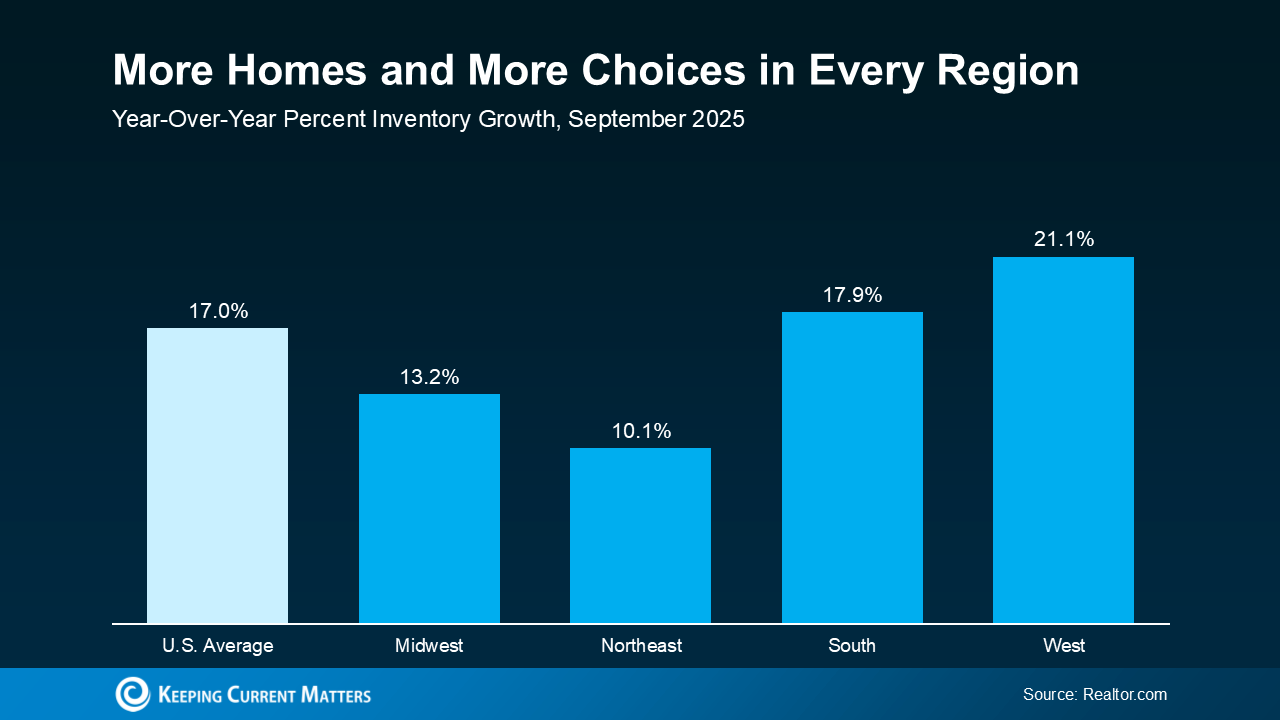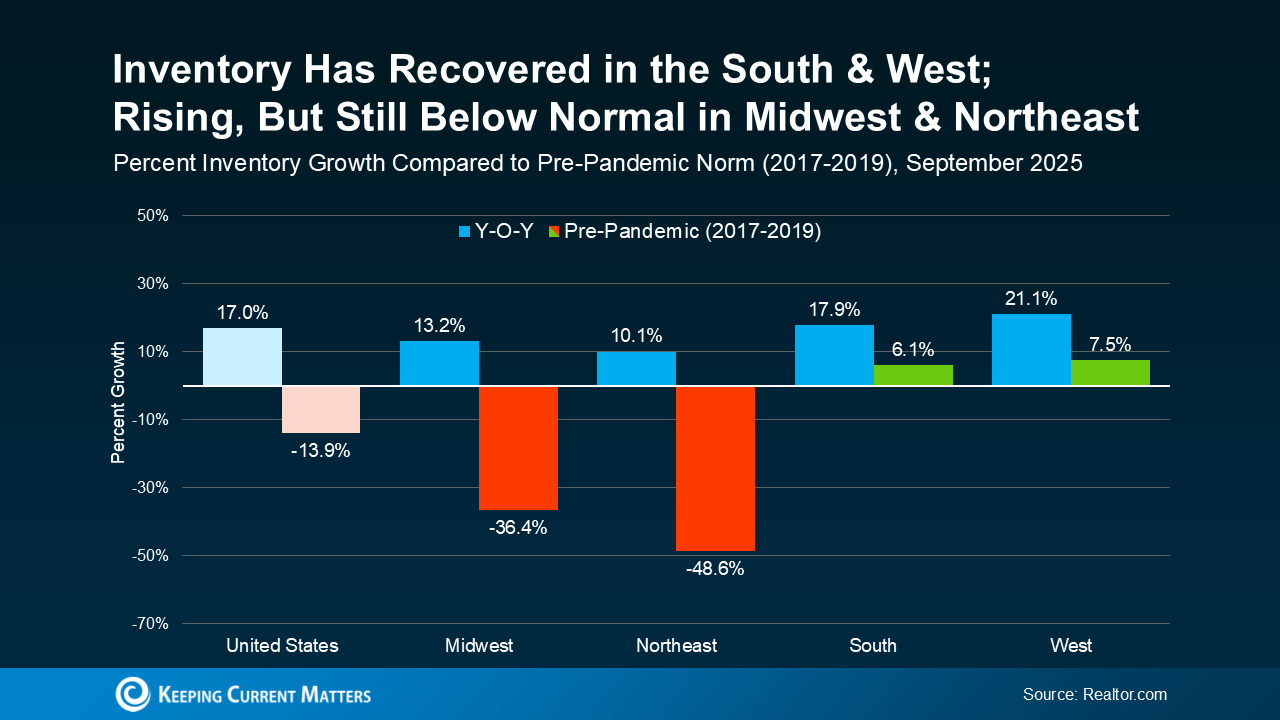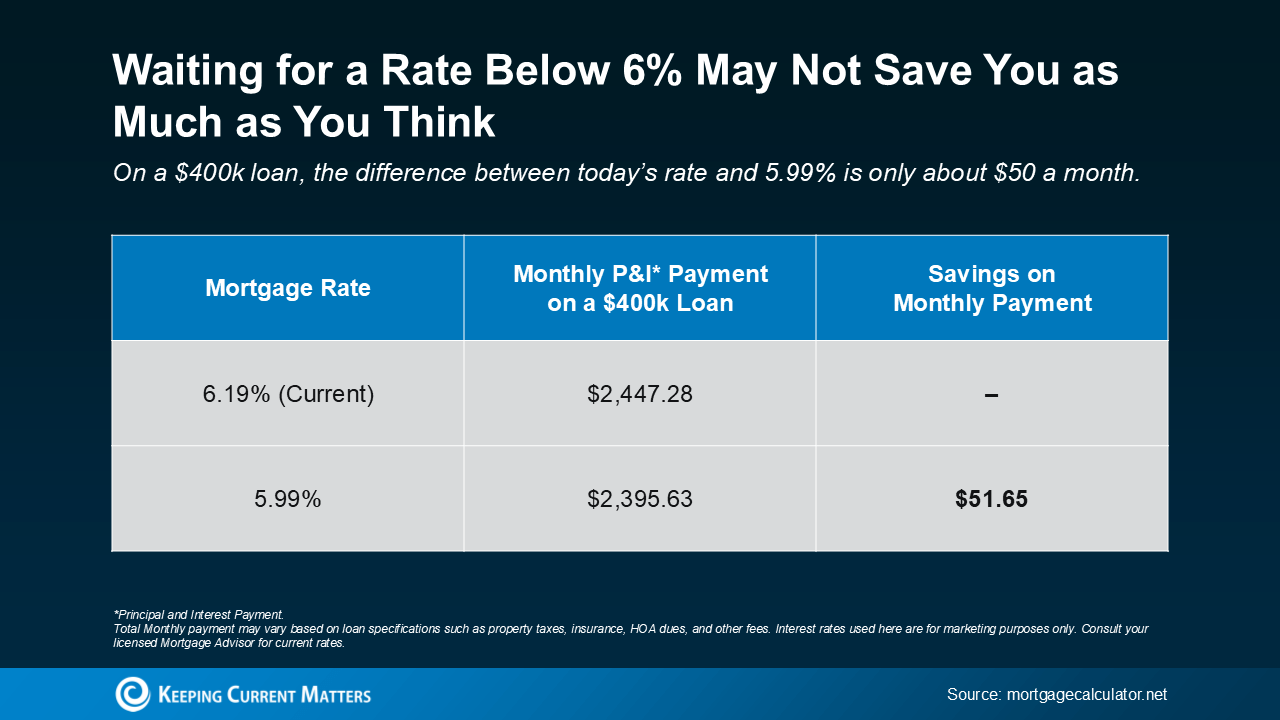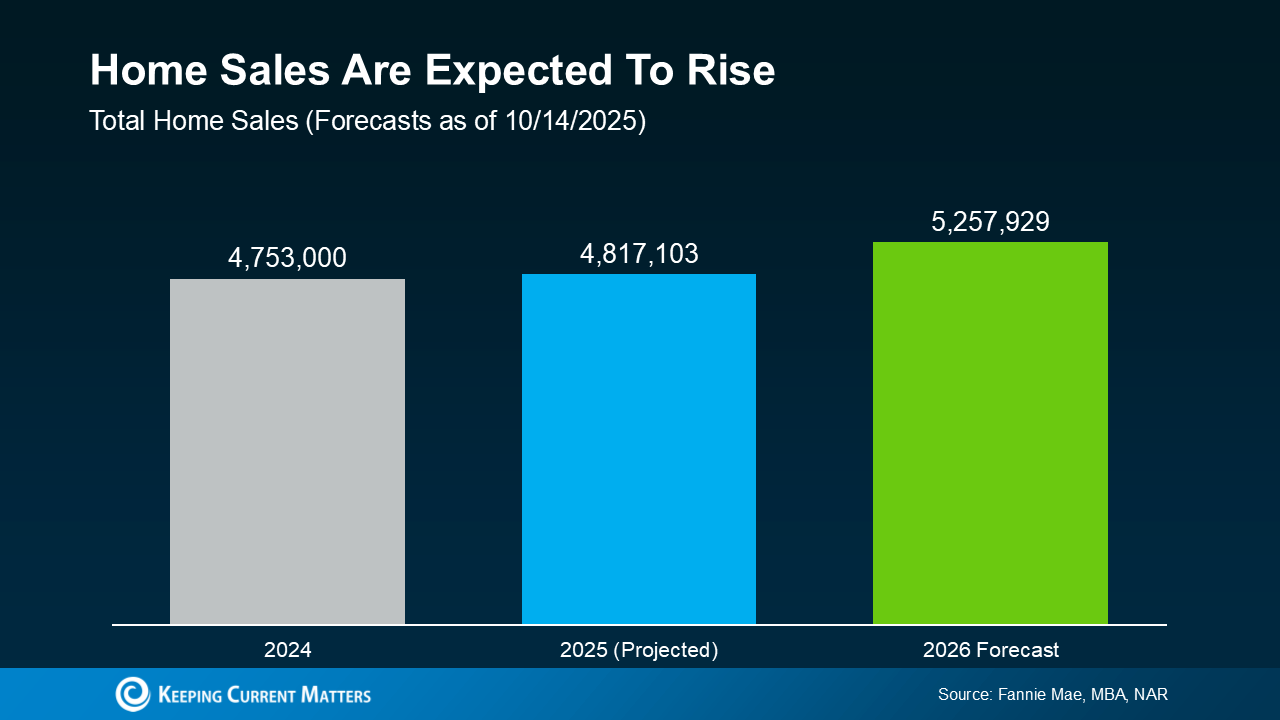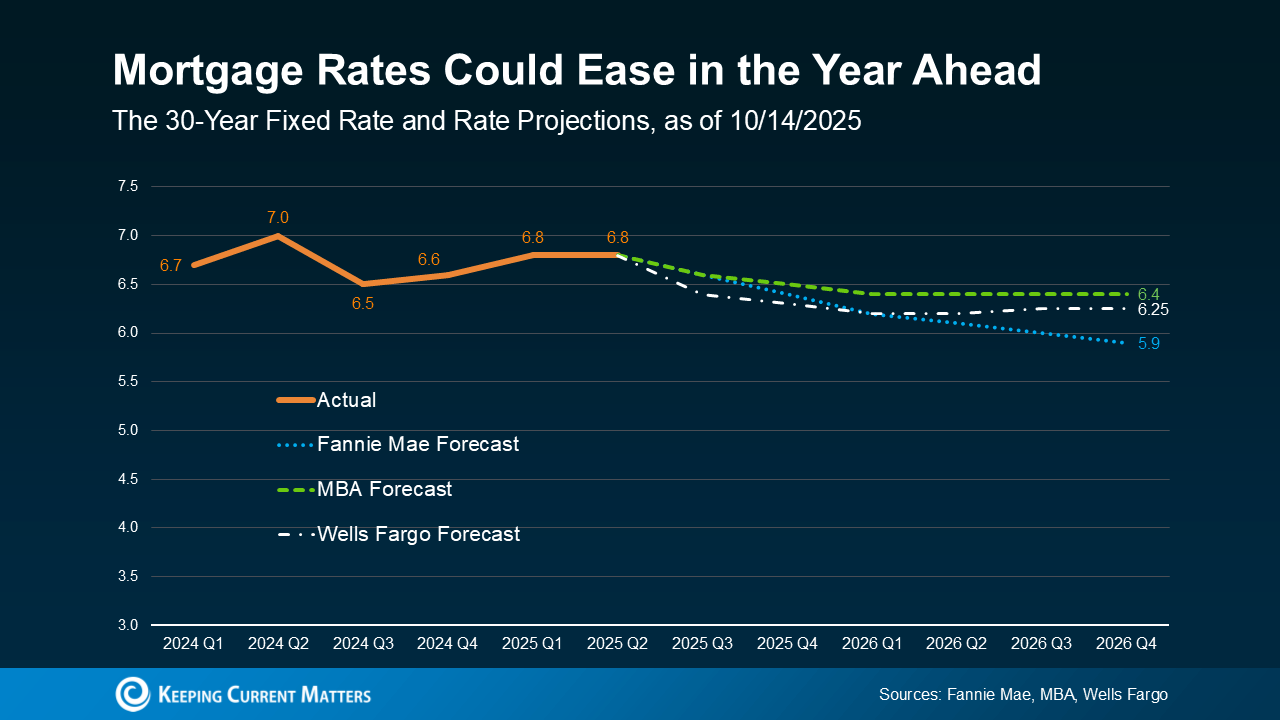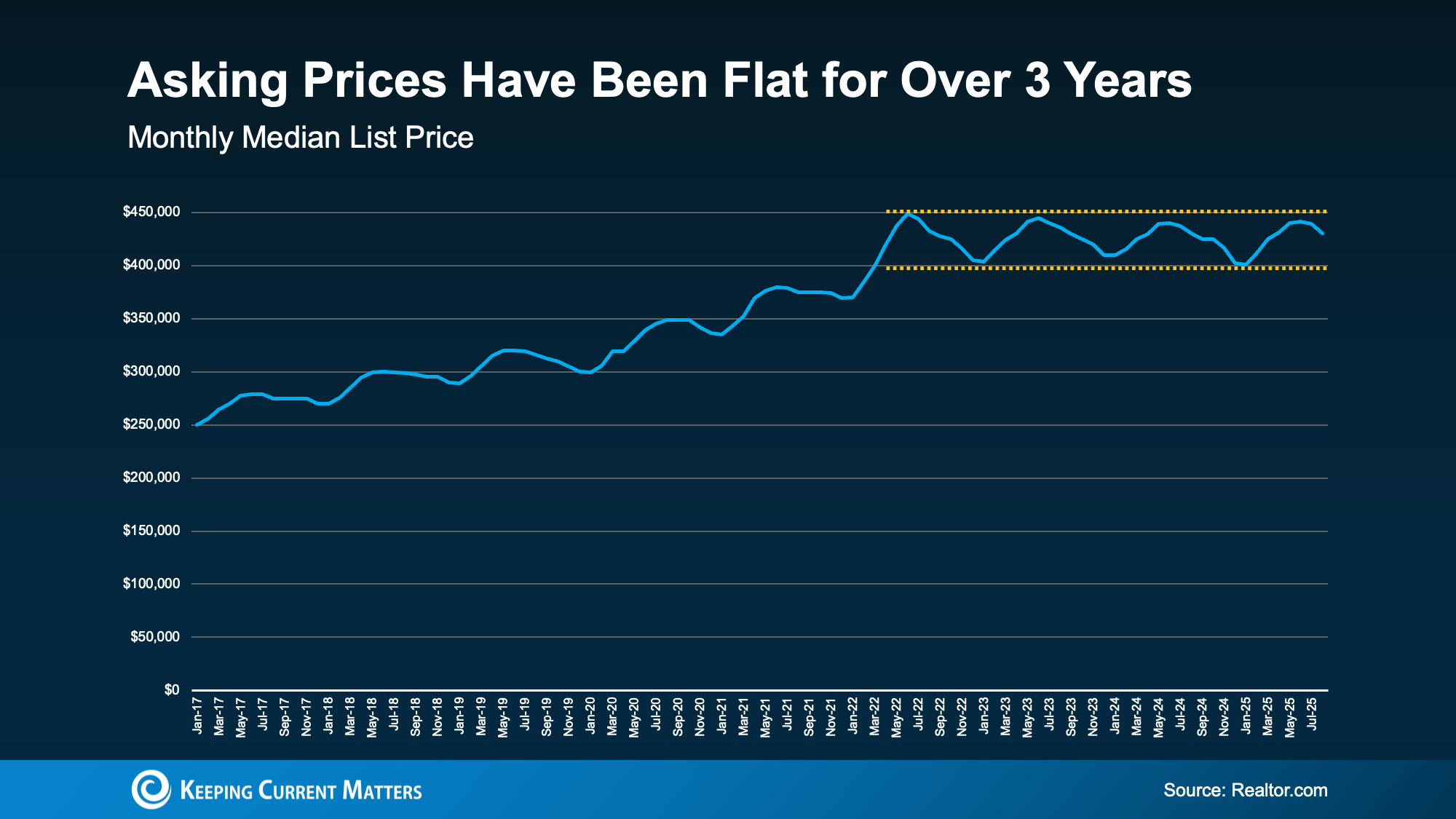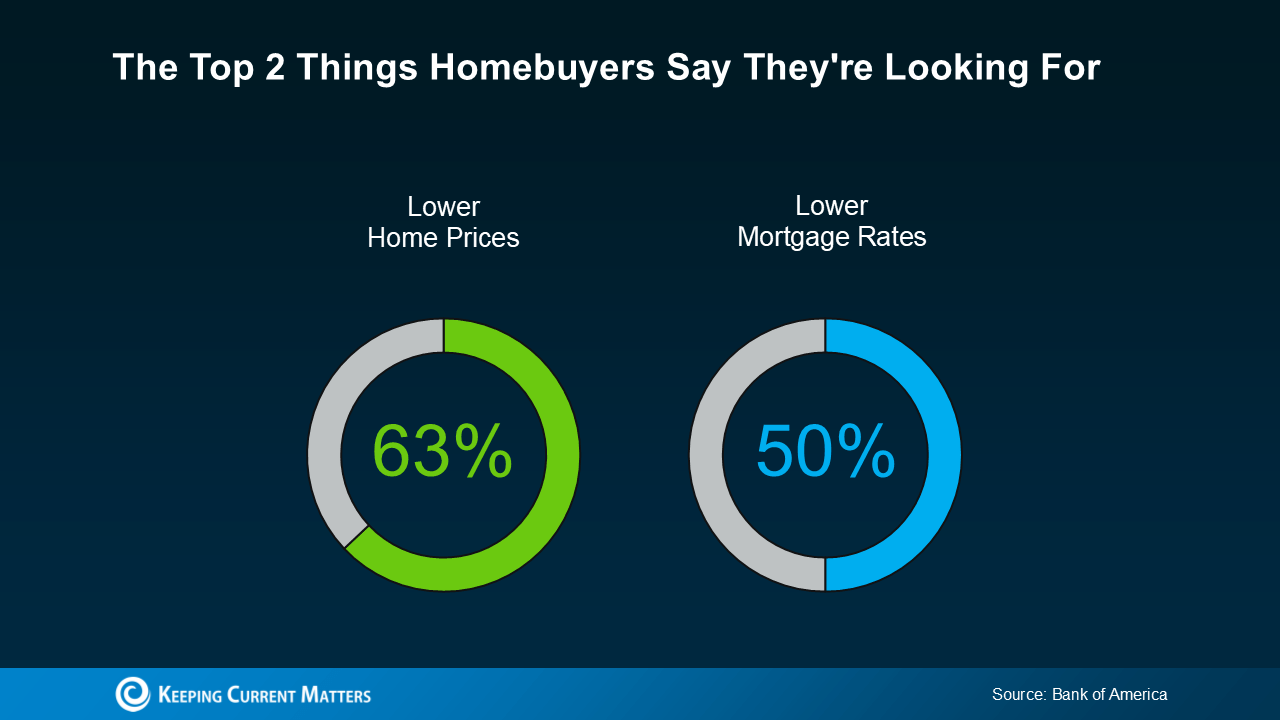Locked In Place: Why Millions of Homeowners Can’t Afford to Move
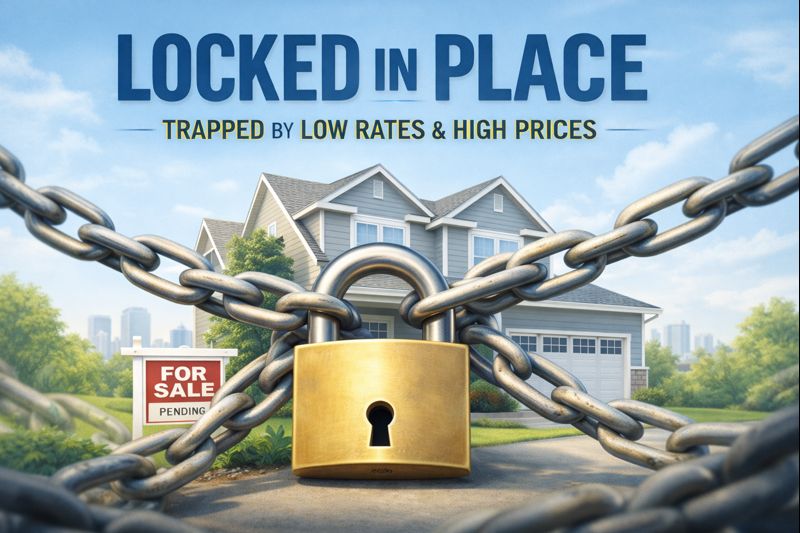
For years, America’s housing challenges have been framed as a simple supply-and-demand problem—low inventory, rising interest rates, and affordability constraints. But beneath those familiar headlines lies a deeper, structural issue we unintentionally created.
Today, millions of homeowners are wealthier on paper than ever before. They hold record levels of equity and historically low mortgage rates. Yet many of them cannot afford to move.
Not because they lack buying power.
But because moving no longer makes financial sense.
The Mortgage Lock-In Effect
Recent national data shows just how severe this gap has become. According to Realtor.com, the typical U.S. homeowner currently pays about $1,300 per month in principal and interest. Selling that home and purchasing a “typical” home today would require a monthly payment of approximately $2,236—a 73% increase in housing cost.
This growing gap is known as the mortgage lock-in effect. Homeowners who secured ultra-low rates during 2020–2021 are effectively trapped by them. Giving up a 3% mortgage to buy into today’s higher-rate, higher-price market often means paying significantly more—sometimes for a comparable or even smaller home.
The market isn’t frozen because people don’t want to move.
It’s frozen because moving comes with a financial penalty.
From Pandemic Stimulus to Market Stagnation
When mortgage rates fell below 3% during the pandemic, buyers surged into the market. Millions refinanced. Millions more purchased homes. Cheap financing softened the sting of rising prices, allowing values to climb rapidly—often 25% to 40% in many markets.
When inflation followed, rates snapped back sharply. Prices, however, did not.
The same mechanism that once encouraged mobility now suppresses it.
Federal housing research confirms this effect. A Federal Housing Finance Agency (FHFA) working paper estimates that rising mortgage rates have prevented millions of otherwise normal home sales by discouraging owners from listing their homes.
Why Homeowners Are Staying Put
It’s easy to assume homeowners stay because they “love their homes.” Many do—but that only tells part of the story. The real constraint is financial.
Homeowners face a stark choice:
-
Give up an exceptionally low interest rate
-
Buy into a market with both higher prices and higher borrowing costs
Even selling at a profit often results in higher monthly expenses and reduced flexibility. Equity becomes difficult to use when accessing it raises your cost of living.
This isn’t a lifestyle decision.
It’s a structural trap.
The Ripple Effect on the Housing Market
When homeowners can’t move, inventory shrinks. When inventory shrinks, affordability worsens—especially for first-time buyers.
This dynamic is already visible. Sellers are increasingly choosing to pull listings rather than cut prices or trade into higher-rate mortgages. According to Investopedia, delistings surged 45% year over year, highlighting the reluctance of owners to transact under current conditions.
Low inventory, in this context, is not the cause—it’s the symptom.
How We Unlock a Trapped Housing Market
This is not a short-term cycle. It’s a structural flaw that requires structural solutions:
-
Portable and assumable mortgages that allow buyers to take over existing low-rate loans
-
Incentives for downsizing and life transitions, particularly for long-time homeowners
-
Housing built for real demand, including townhomes, ADUs, and smaller, more attainable options
-
Modern mortgage products designed for flexibility and mobility—not just long-term lock-in
-
Greater transparency around equity use, so homeowners understand the true cost of moving
The Bottom Line
We built a housing system that rewards people for staying put and penalizes them for moving. The result is equity without freedom, ownership without mobility, and a market that struggles to function.
Mobility is not a luxury. It is a cornerstone of economic health and household well-being.
If we want a housing market that truly works, we must stop celebrating locked-in equity and start creating real pathways forward.
The American Dream only works if people can move with it.
Sources:
Source: Realtor.com – A 73.2% Spike in Monthly Payments for Moving Traps U.S. Homeowners in Place
Source: Investopedia – Delistings Jump 45% as Sellers Pull Homes Rather Than Cut Prices
Source: FHFA – The Lock-In Effect of Rising Mortgage Rates (PDF)
Why Overpricing Is Hurting Sellers in Today’s Market

If you’re a homeowner thinking about selling—or already on the market—this is a must-read. Ryan Lundquist of the Sacramento Appraisal Blog has penned a powerful open letter to sellers whose homes aren’t moving because they’re priced too high. In today’s shifting market, buyers are more selective than ever, and homes that don’t check all the boxes—especially on price—are being passed over.
Ryan breaks down why the red-hot market of 2021 is behind us, and how today’s buyers are demanding more for their money. He also introduces the concept of the “purple pill”—a combination of price reductions and buyer concessions—as a strategy for sellers to stay competitive.
If you’re wondering why your home isn’t selling or want to avoid common pricing pitfalls, I highly recommend reading the full post. It’s honest, insightful, and packed with practical advice.
2026 Housing Market Outlook

After a couple of years where the housing market felt stuck in neutral, 2026 may be the year things shift back into gear. Expert forecasts show more people are expected to move – and that could open the door for you to do the same.
More Homes Will Sell
With all of the affordability challenges at play over the past few years, many would-be movers pressed pause. But that pause button isn’t going to last forever. There are always people who need to move. And experts think more of them will start to act in 2026 (see graph below):
What’s behind the change? Two key factors: mortgage rates and home prices. Let’s dive into the latest expert forecasts for both, so you can see why more people are expected to move next year.
Mortgage Rates Could Continue To Ease
The #1 thing just about every buyer has been looking for is lower mortgage rates. And after peaking near 7% earlier this year, rates have started to ease.
The latest forecasts show that could continue throughout 2026, but it won’t be a straight line down (see graph below):
There’s a saying: when rates go up, they take the escalator. But when they come down, they take the stairs. And that’s an important thing to remember. It’ll be a slow and bumpy process.
Expect modest improvement in mortgage rates over the next year but be ready for some volatility. There will be volatility along the way as new economic data comes out. Just don’t let it distract you from the bigger picture: the overall trend will be a slight decline. Forecasts say we could hit the low 6s, or maybe even the high 5s.
And remember, there doesn’t have to be a big drop for you to feel a change. Even a smaller dip helps your bottom line.
If you compare where rates are now to when they were at 7% earlier this year, you’re already saving hundreds on your future mortgage payment. And that’s a really good thing. It’s enough to make a real difference in affordability for some buyers.
Home Price Growth Will Be Moderate
What about prices? On a national scale, forecasts say they’re still going to rise, just not by a lot. With rates down from their peak earlier this year, more buyers will re-enter the market. And that increased demand will keep some upward pressure on prices nationally – and prevent prices from tumbling down.
So, even though some markets are already seeing slight price declines, you can rest easy that a big crash just isn’t in the cards. Thanks to how much prices rose over the last 5 years, even the markets seeing declines right now are still up compared to just a few years ago.
Of course, price trends will depend on where you are and what’s happening in your local market. Inventory is a big driver in why some places are going to see varying levels of appreciation going forward. But experts agree we’ll see prices grow at the national level (see graph below):
This is yet another good sign for buyers and overall affordability. While prices will still go up nationally, it’ll be at a much more sustainable pace. And that predictability makes it easier to plan your budget. It also gives you peace of mind that prices won’t suddenly skyrocket overnight.
Bottom Line
After a quieter couple of years, 2026 is expected to bring more movement – and more opportunity. With sales projected to rise, mortgage rates trending lower, and price growth slowing down, the stage is set for a healthier, more active market.
So, the big question: will you be one of the movers making 2026 your year?


 Facebook
Facebook
 X
X
 Pinterest
Pinterest
 Copy Link
Copy Link




